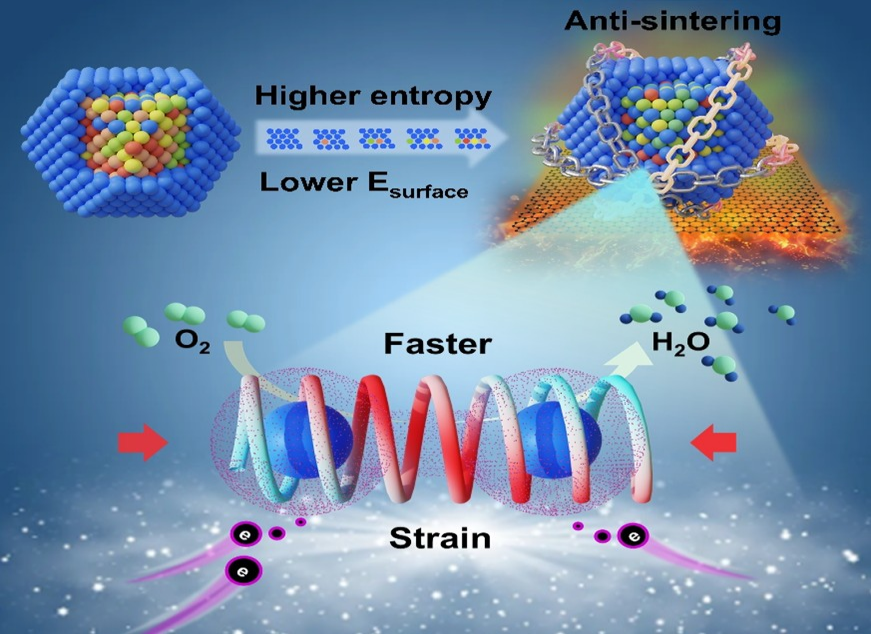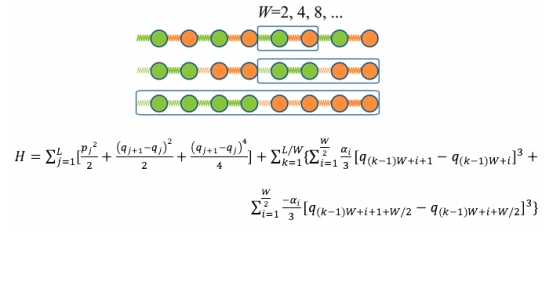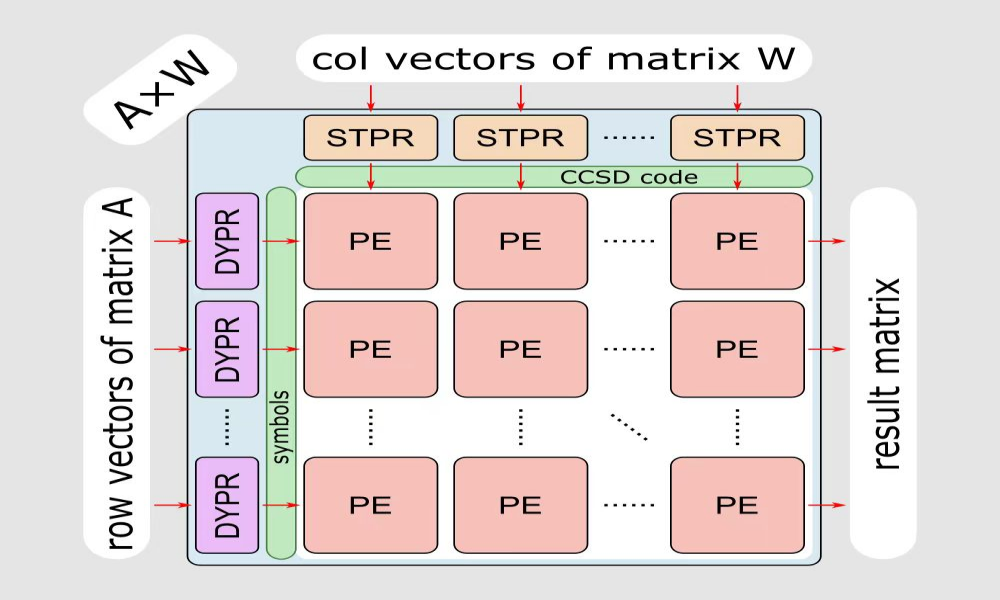Research Progress

Researchers Found Novel Approach to Low-loading Pt Based Catalyst for PEM Fuel Cell
A research team at Shanghai Advanced Research Institute (SARI) of the Chinese Academy of Sciences proposed an entropy-increase assisted anti-sintering concept to fundamentally reduce the surface energy of NPs by increasing the mixing entropy, thus hindering the migration and coalescence of NPs. The research results were published in Advanced Functional Materials in May, 2025.

Researchers Reveal Novel Thermal Conduction Crossover due to Broken Parity in Superlattice
A research team from Shanghai Advanced Research Institute (SARI) of the Chinese Academy of Sciences reported a crossover of thermal conduction with a third-order-like singularity in a Fermi-Pasta-Ulam-Tsingou (FPUT) superlattice. The research results were published in Physical Review E in May 2025.

Researchers Unveiled Key Role of Bridge Adsorbed Hydrogen in Efficient Acidic Hydrogen Production
A research team at Shanghai Advanced Research Institute (SARI) of the Chinese Academy of Sciences designed a face-centered cubic-Ru nanocrystal modified with Pt atomic chains and unveiled the important role of *Hbridge intermediates adsorbed on Pt-Ru atomic pairs in determining the intrinsic activity of HER.

Researchers Propose Bit-Cigma: A Zero-Error, Sparsity-Aware Matrix Multiplication Accelerator for AI
A research group from Shanghai Advanced Research Institute of Chinese Academy of Sciences has unveiled Bit-Cigma, a revolutionary generic matric multiplication accelerator hardware architecture that optimizes bit-sparsity, ensures zero-error accuracy, and remodels floating-point computations. The results were published in Feb 2025 in IEEE Transactions on Computers.

Researchers Developed a Novel Ni Hollow Fiber Electrode for High-efficiency CO2 Electroreduction
In a study published in The Innovation, a research team from Shanghai Advanced Research Institute of the Chinese Academy of Sciences constructed a hierarchical SnO2(101)@Ni composite hollow-fiber penetration electrode (HPE), which helped to realize high-efficiency CO2 electroreduction to formate in neutral electrolyte at ampere-level.






